Last updated on March 7th, 2024
Featured image: Traditional Alang rice barns in Rantepao, Tana Toraja, South Sulawesi, Indonesia / Photo credit: Hans Gert Broeder on Adobe Stock
How one solo traveller connects to herself and the world through art
By Amanda Burgess, Editor, JourneyWoman
The year is 1992. New York-based travel writer Karen Gershowitz has just turned 40 and is nearing burnout from the breakneck pace of her life as partner in a consulting firm. She is exhausted on every conceivable level and is looking for a way to renew – mind, body, spirit. She finds it at the close of a three-month sabbatical exploring five of Indonesia’s islands, in the face of a little village boy.
She has traveled to the remote wilds of Tana Toraja – a mountainous region on the island of Sulawesi brimming with verdant hills and dotted with villages encircled by rice paddies and forest.
It’s about as remote as one can get – nestled in the mountains a day’s drive from the main city of Ujang Padang, where Gershowitz booked a car and driver for a day rate of US$20. She’s been drawn to Tana Toraja – in an age before cell phones and the internet – by an article in National Geographic. She needs to see the village where craftspeople carve tau tau, life-sized wooden effigies that represent deceased Torajans.
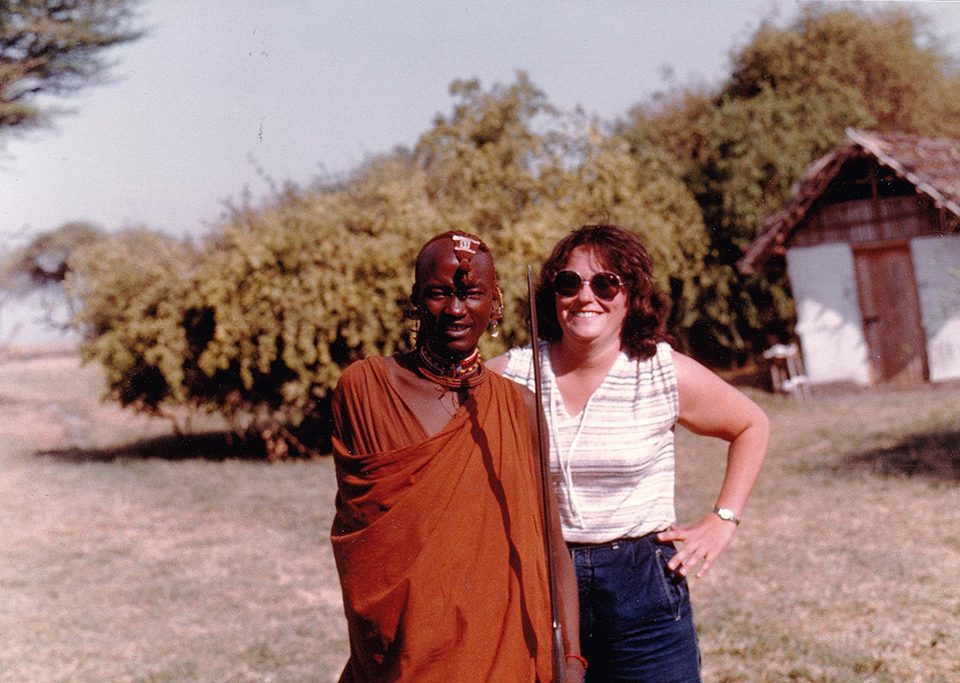
Karen in Tanzania with a Masai friend / Photo provided by Karen G.
Soon after arriving at the village, she befriends a little boy. A traveller well-used to the open curiosity of children, Gershowitz plays with the boy for a spell, observing the craftspeople at work. Soon, her artist’s fingers are itching to try her hand at carving. She asks one of the artists if she can, unsure of her reception. Happily he agrees. She holds the wood in her hands and begins carving, pleased to discover she can do it, and well. The man takes note of her skill, and the two become friends. Yet it’s the boy whose reaction she’s watching for.
Recalling the experience now, Gershowitz says: “This kid was wide-eyed – I don’t think he’d ever seen anybody except his dad carving anything. At the time, few tourists ventured to Toraja, so I didn’t look like anyone he’d ever seen. He was awestruck. Art is such a phenomenal, soul-satisfying way to connect with people.”
The combination of travel and hands-on experiences is also a way to stay rooted in the present moment – the power of the mind-body connection. The woman who left New York City frazzled returned with clarity and focus.
“I was so focused on where I was and what I was doing that I was in the now all the time. It was like a very long meditation break that allowed my subconscious to make a lot of decisions,” she says. “Before that trip, I would break into tears for no particular reason. By the time I was on the plane going home, I knew exactly what I was going to do – leave the firm and start my own consulting business.”
Flash forward, and Gershowitz has now travelled to more than 90 countries, revisiting some several times over. When she needs total renewal, it has to be somewhere completely new to her. Novelty is the key to mindfulness for her. What never changes: She always hunts down a hands-on opportunity to feed her passion for art because it inevitably leads to deep human connections with both local resident and other travellers.

How to Enjoy Dining Alone: 30 Tips from Solo Women Travellers
Solo women share their best tips on how to enjoy eating alone, revel in your own company and embrace the wonder of the moment.
Getting your hands dirty is the key to connection for this solo traveller
“Anywhere I go, I ask if they’ll allow me to do whatever the craft is. I’ve thrown pots all over the globe. I studied at Kansas City Art Institute, and the chairman of the Ceramics Department went to Japan the first summer I was at the school in 1974, and I managed to wrangle my way there,” says Gershowitz, who holds both a BFA and MFA in Ceramics.
When people speak about throwing pottery, they are generally referring to the process from the time the clay touches the pottery wheel to the time the wheel is stopped. To throw clay means to centre it, form a well in the clay, form a base, then shape the walls by pulling the clay upwards with your fingers, which stretches the clay to form the pot’s height and thin the walls. Finally, carefully shaping the vase, bowl or other object.
That summer, Gershowitz spent six weeks in Japan visiting ceramics studios, and with each visit would ask if she could throw a pot. It threw every male-dominated studio for a loop. Most had never seen a woman throw a pot. Japan enjoys a long tradition of pottery, and while some ancient potters may have been female, in recent centuries, ceramics has been a decidedly male profession. Female potters were rare in the 70s.
Painting porcelain pottery in Chiang Mai, Thailand / Photo provided by Karen G
Artists painting scultpures in Burma / Photo provided by Karen G
“I can’t tell you how many times I sat down at the wheel to throw a pot and got startled stares when I easily shaped a vase or bowl. They’d go get everyone from the studio and after watching me easily create an object, I’d get a round of applause,” she says. “I wanted to show them a woman could do this.”
Eventually, Gershowitz became wildly allergic to the glaze materials used in ceramics and had to shelve that passion. She’s tried her hand at carving, painting, weaving and more on her world travels, but she always comes back to throwing pots, which she can still do, and it always feels like home. The process is typically much the same (the US uses electric wheels while much of the developing world still uses kick wheels), but she’s learned both ways and is comfortable with either.
“The clay is often very different, with a different feel. Sometimes, there would be different tools. In a lot of places, they hand build – I’ve seen huge pots being made in Africa and South America where it’s literally just coiled around and pulled up,” she says.
Pottery is just one of the artforms that Gershowitz has used as a medium for connection. In the early ‘80s, she was travelling through Tanzania – one of the rare times she was with a group because that was the only way to enter Maasai territory. In one village, she sat down and started drawing her house to show the villagers how different it was to their homes. A young girl came over to watch with interest.
“I’m very good at charades, so I started to explain what I was drawing. She took my book and drew a picture of her village for me. It was wonderful. Then of course everybody in the village came over to see what was happening,” she says. “When you travel, do something that really engages people. It doesn’t matter if you’re a good artist or not. Now, on every trip I bring pictures of my home, my dog and my relatives – printed, not on my phone, so that people can hold them and look at them. Because I live in New York, people know it and are fascinated to see pictures of it.”
Why there’s only one way for her to go – solo
While Gershowitz occasionally books a group tour for difficult-to-navigate places, for her, it’s better to go solo.
“It’s easier to connect with the locals. When you’re alone, people want to help you. I’ve linked up with people who are solo travellers from other countries – some of whom have become great friends – and that just doesn’t happen the same way when you travel with someone else,” she says. “Go to neighbourhoods that aren’t on the must-see list – that’s where you’ll find local people. Sit at a café, write in a journal, paint a picture. DO something and it will attract people to you.”
With travel out of the question for her in 2020, Gershowitz has made the most of her downtime wrapping up her travel memoir – Travel Mania: Stories of Wanderlust – due out in 2021 from She Writes Press. She misses traveling but has used the forced grounding to explore New York, which has renewed her love for her home city.
“It’s one of the things that has gotten me through the pandemic. I’ve gone to remote areas in New York, New Jersey, Connecticut, Westchester – places I’ve talked about going for years but never got around to. I have discovered some true gems that are not on the tourist scene and not even on most New Yorkers’ radars,” she says.
One of the best discoveries has been the ever-changing street art in and around her home state. The artist in Gershowitz has a deep appreciation for street art, and while she hunts it down on her travels, it wasn’t something she ever did at home. This year, it became a hot pursuit for her – find every piece of street art she could in New York.
“Trust me, there’s a lot of it, and I’m not done yet. It changes all the time. Another new one just went up in the East Village, a massive wall featuring Ruth Bader Ginsburg. It’s fabulous, and not too far from that, there’s an area with street art that is constantly changing,” she says. “It’s taken me into neighbourhoods that I wouldn’t normally go to, and I have seen Manhattan from every conceivable angle. There’s a lot of it and I’m not done yet.”
More JourneyWoman Memoirs
Solo Traveller’s Tattoos Tell a Story of Hope, Resilience and Life After Cancer
Solo traveller Christine Pope’s tattoos tell stories of strength, resilience, hope, and life after breast cancer.
Solo Travel Memoirs: How Photography Leads One Woman on New Journeys
Women travellers share the deep interests, hobbies, and passions that they weave into their travels or build entire trips around.
Solo Travel Memoirs: How One Woman Became a Travelling Storyteller
After Colombian Juliana Marín Fryling discovered Vivapalabra, she followed her passion to become a travelling storyteller.

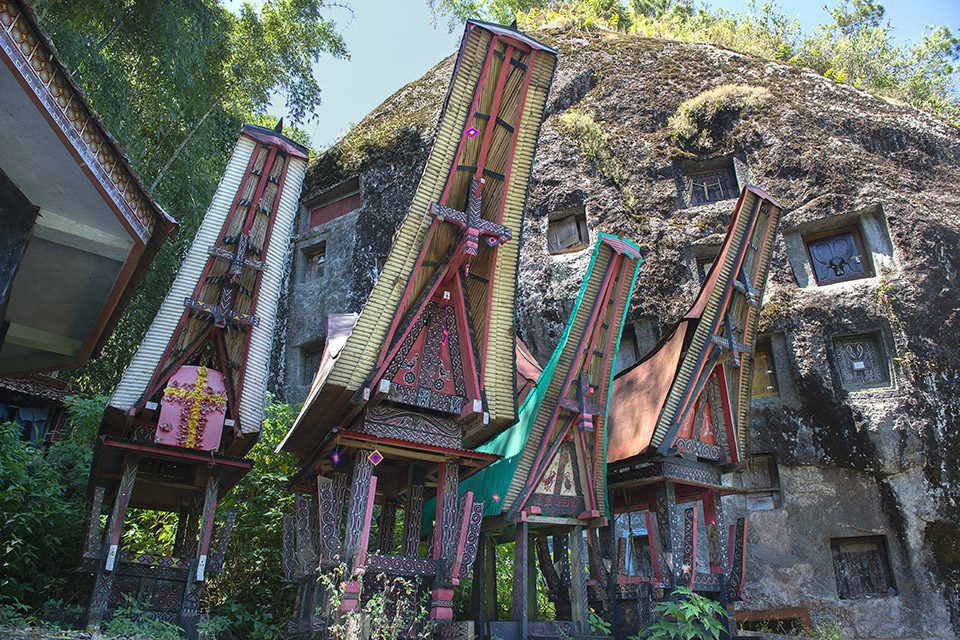

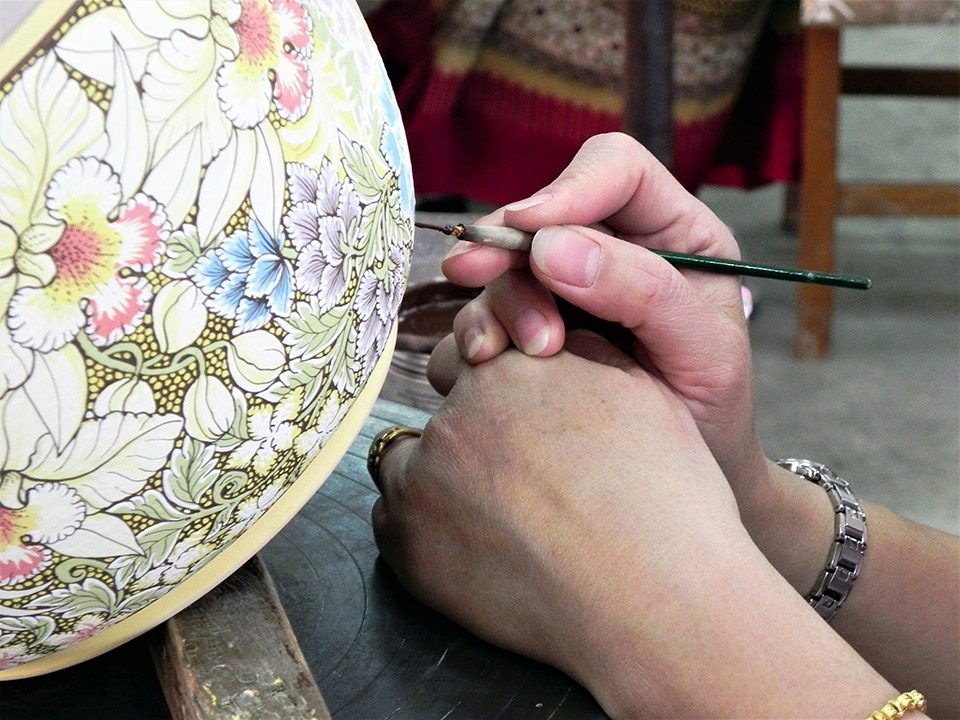
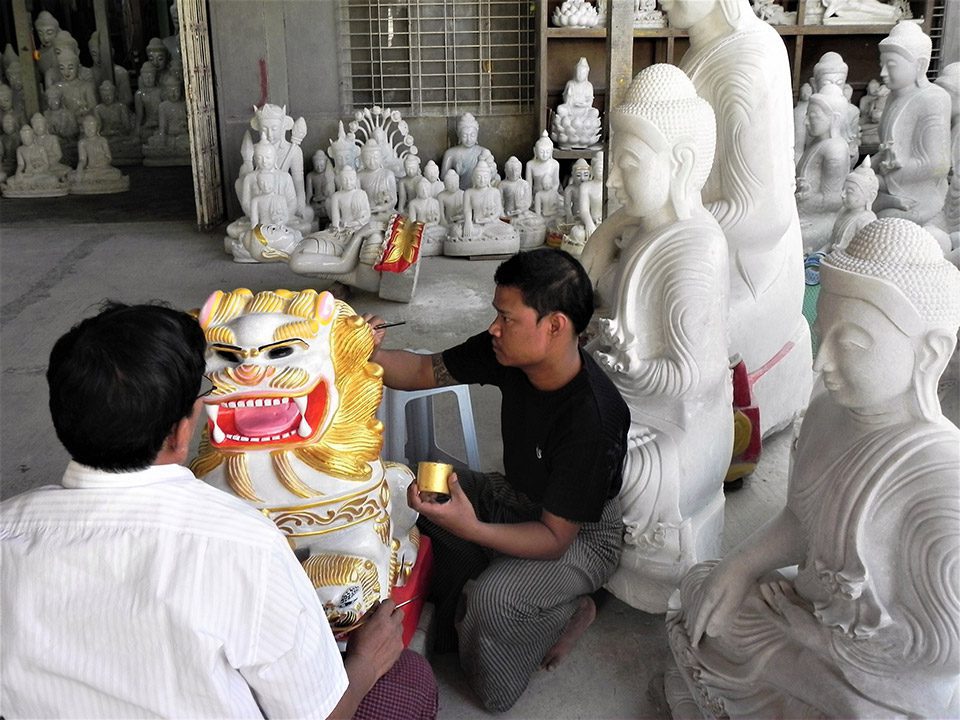
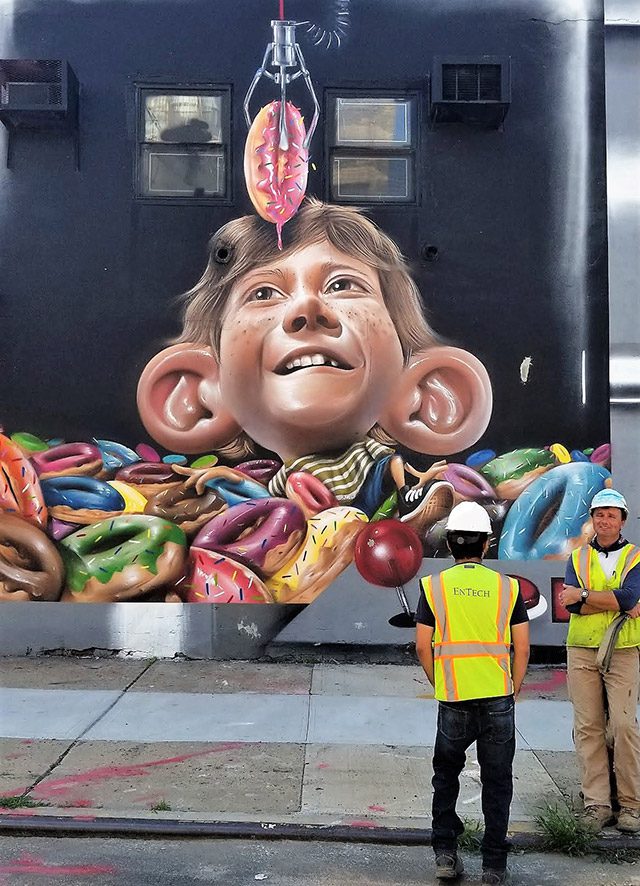
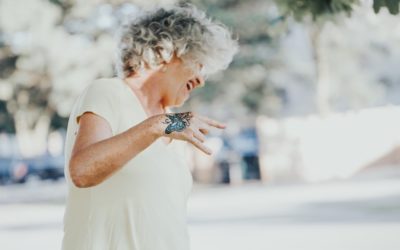

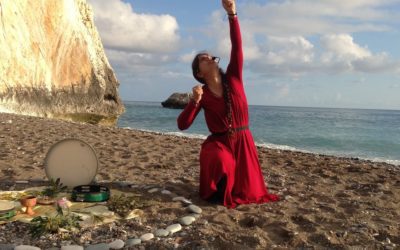
Enjoyed this article immensely. Well done!
A wonderful & inspiring read, totally agree with your idea to go somewhere completely different to get clarity when it all gets too much, look forward to reading many more of your travel blogs Karen.